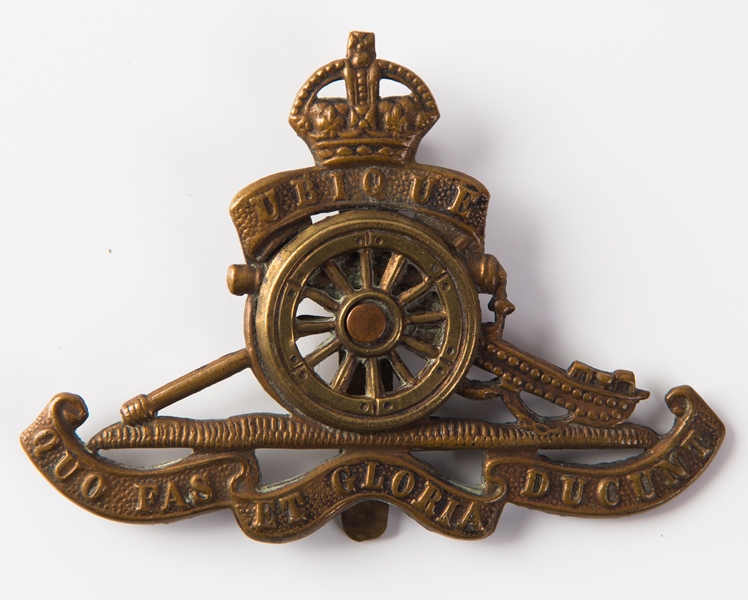Personal Details
Born: 1888, in Atcham, Shropshire.
Family: He was the second of five children born to Thomas Woodvine, a railway foreman carter and his wife Anne. He married Hetty Arnold in 1919 in Whitchurch, Shropshire. The couple had two sons, William Orlando and Hedley Arnold.
Residence: In 1891 his family were living at New Park Terrace, Shrewsbury, Shropshire. In 1901 they were living at Canal Wharf House, New Park Road, Shrewsbury. An address of 26 Worthington Street , Whitchurch, was given for him on the 1919 Absent Voters` List, this was the home of his mother, Anne. The 1939 Register has an address of 32 Harding Road, Stoke on Trent, Staffordshire for his wife and son Hedley, however William`s name does not appear.
Employment: Not known
Died: Not known
Military Details
Regiment: Royal Garrison Artillery
Rank: Gunner
Service Number: 183210
Date of Enlistment: Not known
Date of Discharge: Not known
Reason for Discharge: Not known
Other Information: William`s brothers, George Orlando and Thomas also served in WW1.
William was awarded the Campaign Medals (British War Medal and Victory Medal)

The British War Medal (also known as 'Squeak') was a silver or bronze medal awarded to officers and men of the British and Imperial Forces who either entered a theatre of war or entered service overseas between 5th August 1914 and 11th November 1918 inclusive. This was later extended to services in Russia, Siberia and some other areas in 1919 and 1920. Approximately 6.5 million British War Medals were issued. Approximately 6.4 million of these were the silver versions of this medal. Around 110,000 of a bronze version were issued mainly to Chinese, Maltese and Indian Labour Corps. The front (obv or obverse) of the medal depicts the head of George V. The recipient's service number, rank, name and unit was impressed on the rim.
The Allied Victory Medal (also known as 'Wilfred') was issued by each of the allies. It was decided that each of the allies should each issue their own bronze victory medal with a similar design, similar equivalent wording and identical ribbon. The British medal was designed by W. McMillan. The front depicts a winged classical figure representing victory. Approximately 5.7 million victory medals were issued. Interestingly, eligibility for this medal was more restrictive and not everyone who received the British War Medal ('Squeak') also received the Victory Medal ('Wilfred'). However, in general, all recipients of 'Wilfred' also received 'Squeak' and all recipients of The 1914 Star or The 1914/1915 Star (also known as 'Pip') also received both 'Squeak' and 'Wilfred'. The recipient's service number, rank, name and unit was impressed on the rim.

